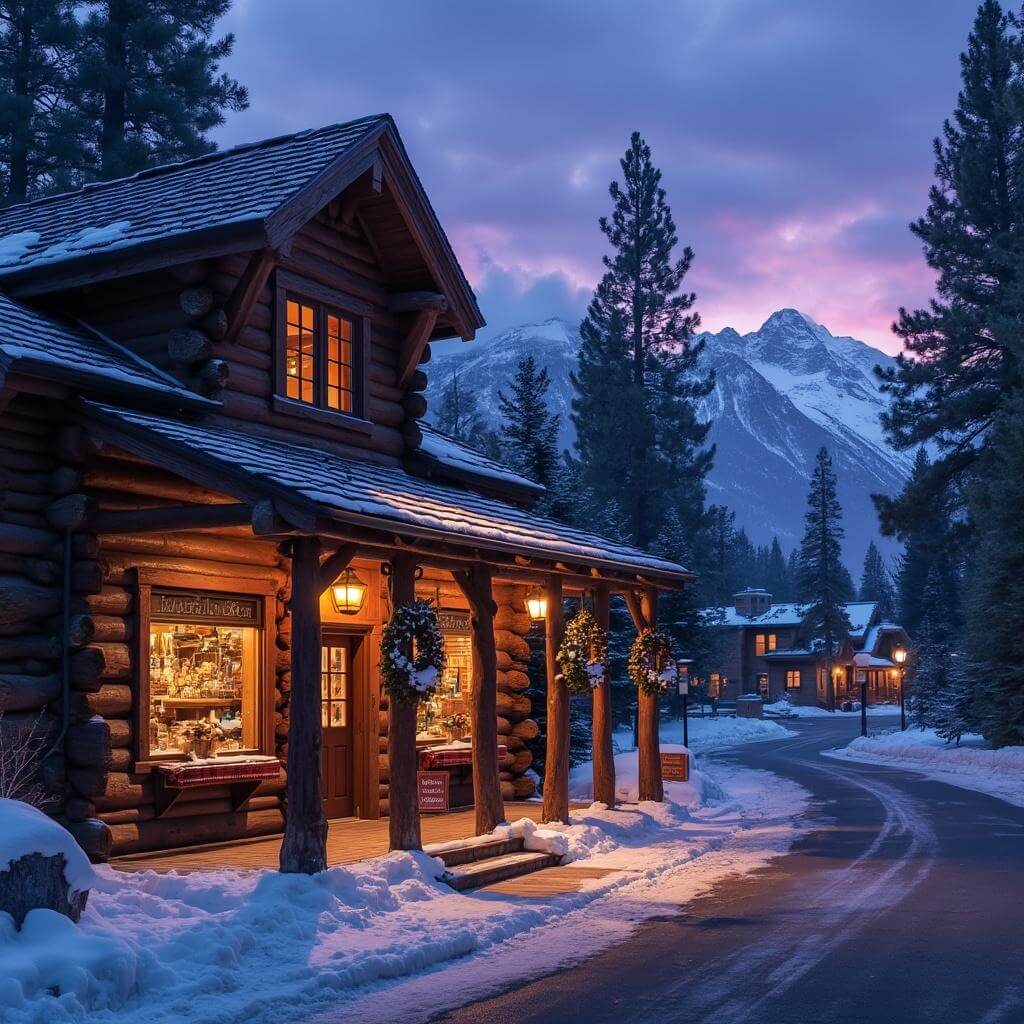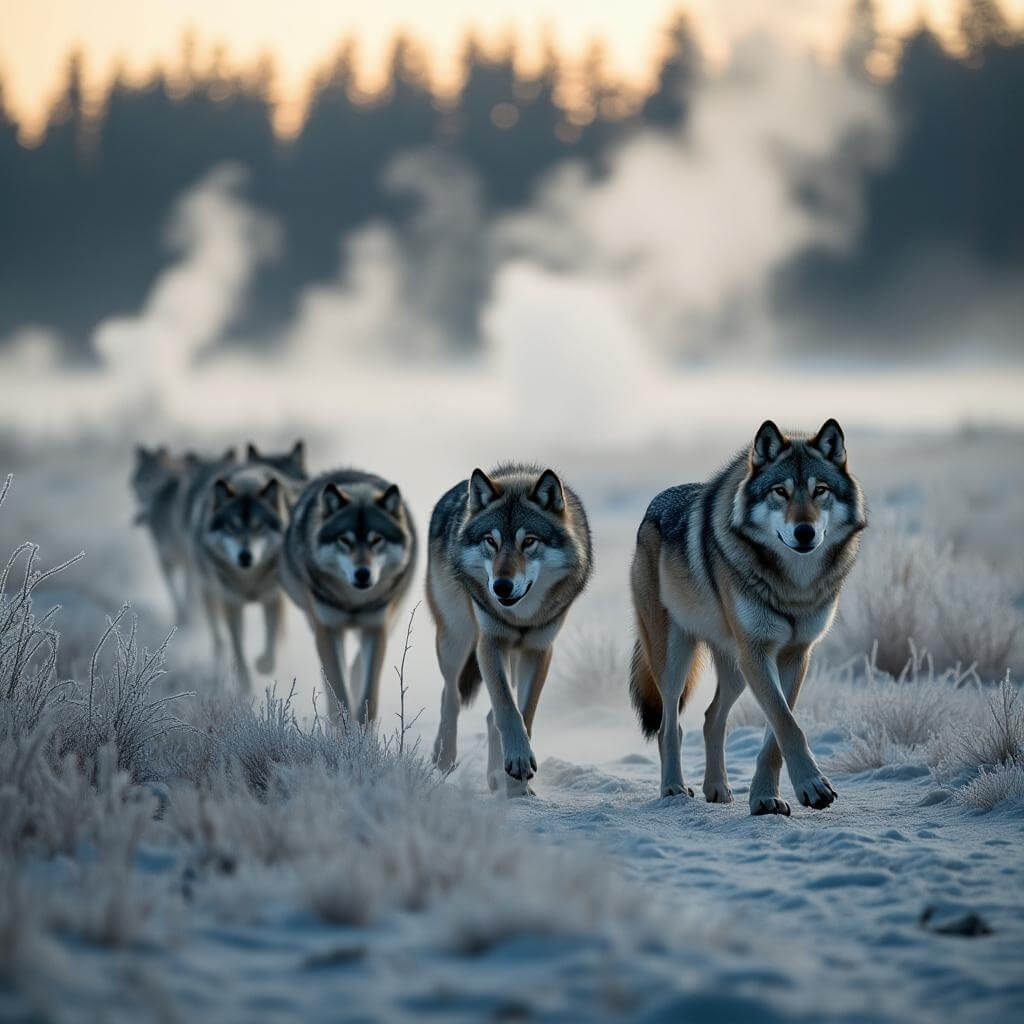Ever wondered where earth’s most incredible natural wonders converge in one mind-blowing location? Welcome to Yellowstone National Park—a geological marvel that’ll make your jaw drop faster than Old Faithful erupts.
Yellowstone isn’t just a park. It’s a living, breathing testament to nature’s raw power and spectacular beauty. Established in 1872, this 2.2 million-acre wonderland became the world’s first national park, setting a global standard for conservation and natural preservation.

The Epic Scale of Yellowstone: More Than Just Another Park
Imagine a landscape so vast it spans nearly 3,500 square miles—larger than some small countries. This isn’t just a park; it’s an entire ecosystem packed with geological miracles and wildlife spectacles that’ll leave you breathless.
My first visit here felt like stepping into another world. I remember standing at Artist Point, overlooking the Grand Canyon of the Yellowstone, thinking, “How is this even real?” The 308-foot Lower Falls cascading into a canyon painted in yellow, pink, and rust-red rocks felt like nature’s most elaborate artwork.
Must-See Destinations That Redefine Natural Beauty
1. Old Faithful: The Rockstar of Geysers
- World’s most predictable volcanic fountain
- Erupts every 35-120 minutes
- Shoots water up to 180 feet high
2. Grand Prismatic Spring: Nature’s Color Palette
- Largest hot spring in the United States
- Looks like a massive rainbow painted on the ground
- Colors range from deep blue to vibrant orange
Wildlife Encounters That’ll Make Your Instagram Explode
Lamar Valley isn’t just a scenic location—it’s a wildlife photographer’s dream. Here’s what you might spot:
- Herds of bison roaming freely
- Wolves hunting in packs
- Grizzly bears fishing in streams
- Elk wandering through misty meadows
Pro tip: Bring binoculars and a long-lens camera. These animals are wild, beautiful, and deserve respect from a safe distance.
Activities That Go Beyond Simple Sightseeing
Yellowstone isn’t a place you visit—it’s a place you experience. Whether you’re into:
- Short, accessible boardwalk hikes
- Backcountry wilderness treks
- Fishing in crystal-clear lakes
- Winter snowmobiling adventures
There’s something here that’ll make your heart race and your soul feel alive.
Practical Planning: Not All Adventures Are Spontaneous
Before you pack your bags, remember:
- Summer is peak season—expect crowds
- Winter offers unique, serene experiences
- Always check road conditions
- Prepare for variable mountain weather
Safety First: Nature Doesn’t Play Nice
Yellowstone’s beauty comes with rules:
- Stay on marked trails
- Never approach wildlife
- Carry bear spray
- Respect thermal areas—those hot springs aren’t swimming pools
Temperatures can drop dramatically, wildlife can be unpredictable, and those geothermal features? They’ll cook you faster than a Sunday roast if you’re not careful.
My most nerve-wracking moment was watching a bison casually stroll past our hiking group—close enough to touch, but definitely not something you’d want to attempt. These aren’t petting zoo animals; they’re wild, powerful creatures deserving total respect.
Insider Tip: Best Times to Visit
- Summer (June-August): Full access, maximum activities
- Spring/Fall: Fewer crowds, dramatic landscape transitions
- Winter: Peaceful, snow-covered wonderland
The park transforms with each season, offering a completely different experience every time you visit.
Your journey through Yellowstone is about to get even more exciting—the geysers are warming up, the wildlife is stirring, and the next leg of our adventure promises even more jaw-dropping revelations about this extraordinary place.
Related Adventures
- Looking to explore more of the American West? Check out our guide on stargazing in Utah’s National Parks.
- Craving a classic road trip vibe? Don’t miss our article on how to drive Route 66 for Classic Americana.
The Hidden Economics of Yellowstone: More Than Just a Pretty Landscape
Ever wondered how a single national park impacts entire regional economies? Yellowstone generates over $680 million annually in economic benefits, supporting thousands of jobs across Wyoming, Montana, and Idaho.
Local gateway towns like West Yellowstone have essentially been built around park tourism. These communities aren’t just pit stops—they’re intricate ecosystems dependent on visitor experiences.
Conservation: The Invisible Hero of Yellowstone
Preserving Yellowstone isn’t just about protecting scenery—it’s about maintaining a delicate ecological balance that’s taken millennia to develop.
Key Conservation Efforts:
- Wolf reintroduction program
- Bison population management
- Protecting endemic plant species
- Monitoring climate change impacts
My conversations with park rangers revealed something profound: every visitor plays a role in conservation. Your responsible tourism directly supports habitat protection and scientific research.
Want to explore Yellowstone responsibly? Check out the Essential Activities Guide for Yellowstone National Park.
Technology Meets Wilderness: Modern Park Management
Gone are the days of passive park management. Today’s Yellowstone leverages cutting-edge technology for:
- Real-time wildlife tracking
- Predictive geothermal activity monitoring
- Advanced fire management systems
- Climate impact assessment
Imagine thermal sensors predicting geyser eruptions or drone technology mapping landscape changes—Yellowstone is a living laboratory of environmental science.
Navigating Park Challenges: What Tourists Need to Know
Yellowstone isn’t just a scenic backdrop—it’s a complex ecosystem with real challenges:
Visitor Impact Realities:
- Increasing annual visitation (4.8 million in 2021)
- Growing infrastructure strain
- Climate change adaptation requirements
- Balancing tourism with ecological preservation
Pro tip: Choose less-traveled trails and times. Your alternative route helps distribute human impact and preserve delicate ecosystems.
For updated planning tools and travel insights, visit the Official Yellowstone Park Travel Planning Resource.
Seasonal Survival Guide: Preparing for Yellowstone’s Mood Swings
Weather here doesn’t just change—it transforms dramatically.
Summer Preparation:
- Layered clothing
- High-SPF sunscreen
- Lightweight, waterproof jacket
- Hydration strategy
Winter Survival Kit:
- Extreme cold weather gear
- Snow chains
- Emergency blankets
- High-calorie snacks
- Communication devices
The Economic Ripple Effect: Beyond Park Boundaries
Yellowstone’s impact extends far beyond its geographical borders. Each visitor generates approximately $152 in local economic activity, creating a substantial economic ecosystem.
Local businesses, from restaurants to outdoor gear shops, thrive because of park tourism. It’s a symbiotic relationship where conservation and commerce dance a delicate waltz.
Future-Proofing America’s First National Park
Looking ahead, Yellowstone faces significant challenges:
- Climate change adaptation
- Sustainable tourism development
- Habitat preservation
- Technological integration for conservation
The park isn’t just preserving landscape—it’s pioneering a model for global conservation efforts.
Your Personal Yellowstone Legacy
Every visit is an opportunity. You’re not just a tourist—you’re a steward of one of earth’s most remarkable landscapes.
Remember: Responsible tourism means leaving no trace, respecting wildlife, and understanding that your momentary experience contributes to a larger, ongoing conservation story.
Whether you’re a wildlife enthusiast, geology nerd, or simply seeking adventure, Yellowstone National Park offers an unparalleled journey into nature’s most spectacular classroom.
Pack your curiosity, respect the environment, and get ready for an adventure that’ll redefine your understanding of wilderness.
Welcome to Yellowstone—where every moment is a living, breathing masterpiece of natural wonder.
Explore More:
- Take a Self-Discovery Trip to Taos, New Mexico
- Catch the Northern Lights in Fairbanks, Alaska
- Relax on the Beaches of Maui
- Walk the Freedom Trail in Boston
- Explore the Art Scene in Santa Fe











